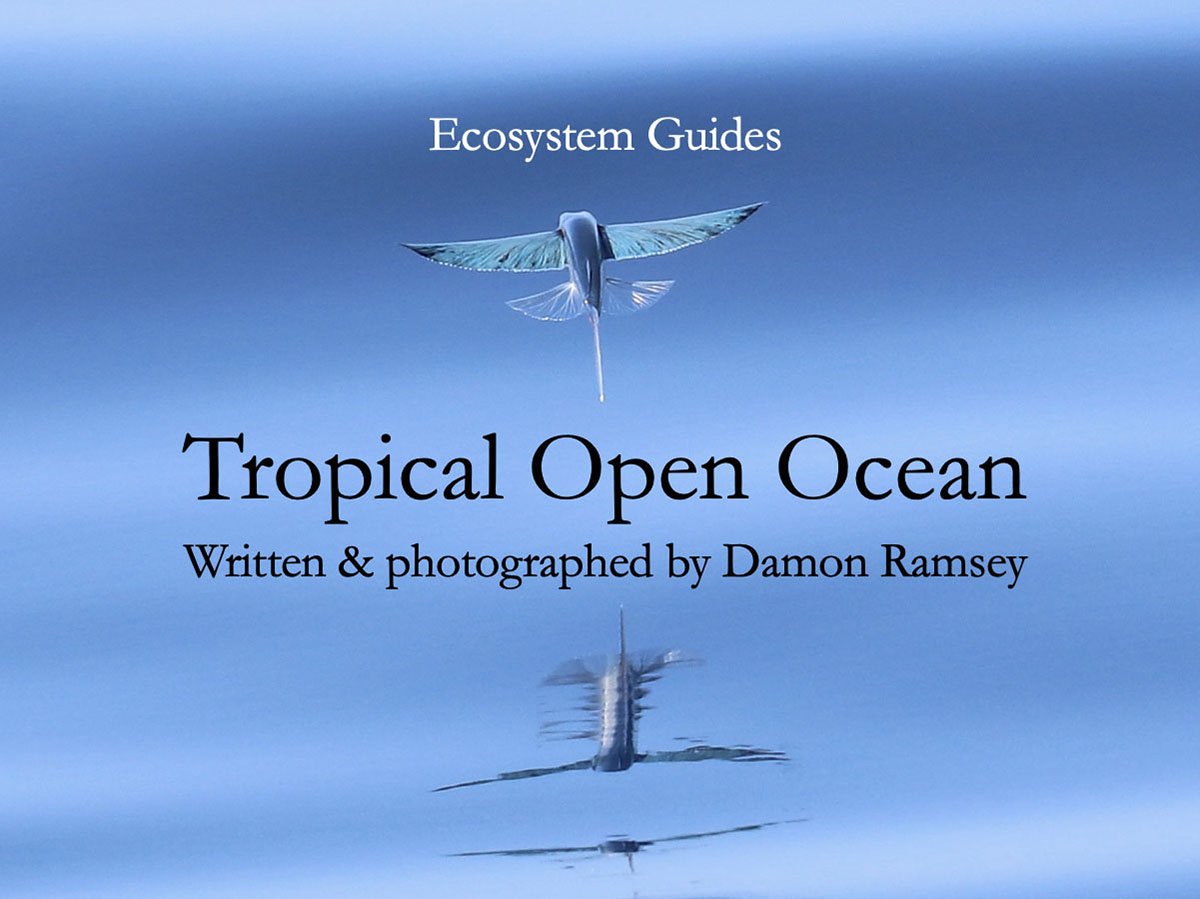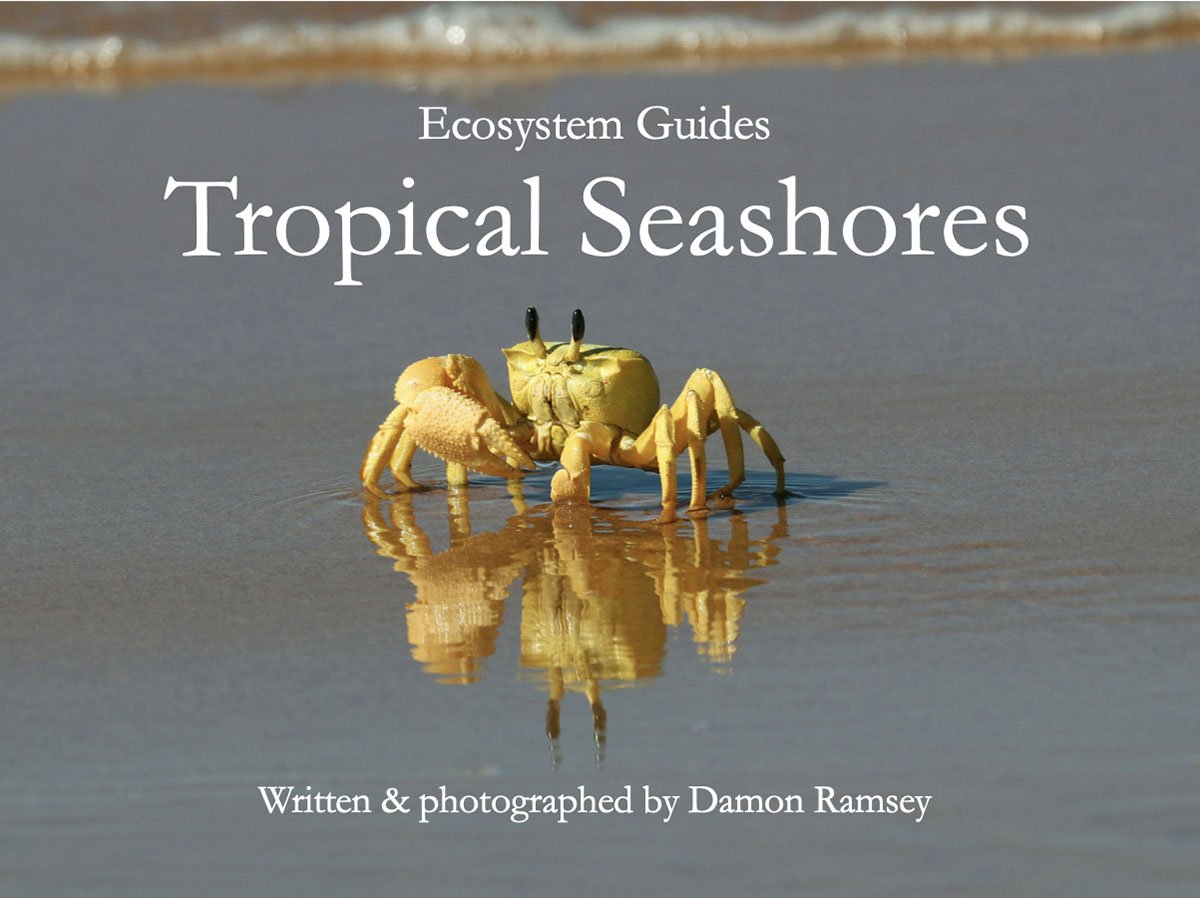ecosystem-guides.com
....exploring the planet's ecosystems
Fiordland
South Island, New Zealand
personal experience
I have had the chance to explore Fiordland every summer season for the last decade, on 7 different ships; from 1500 passenger cruise ships, through 110 and 74 person expedition vessels, to 10 person zodiacs, and of course on foot.
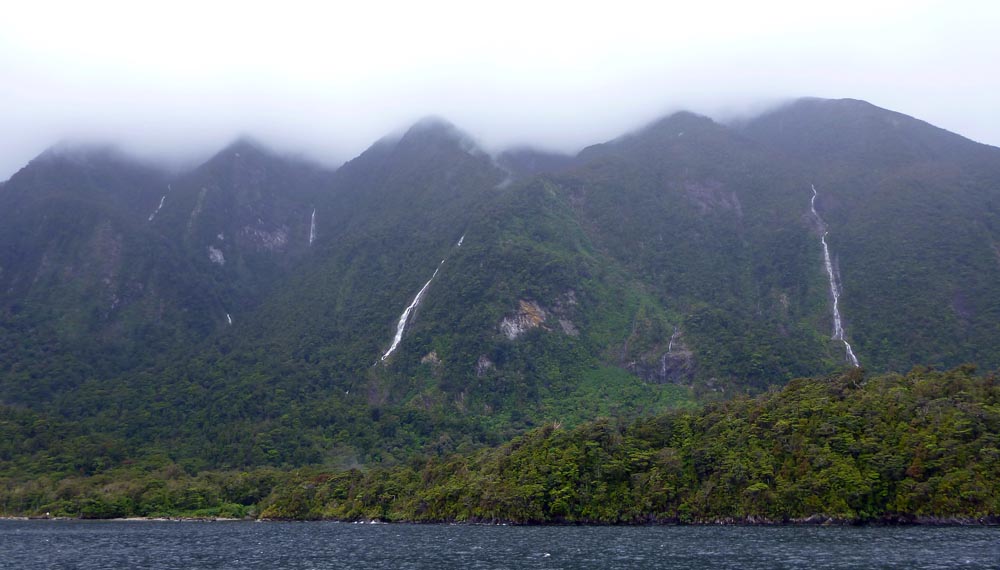
the Fiords
Although they are often named bays or sounds, they are indeed true fjiords, carved by ice and invaded by the sea. In New Zealand, fiord is spelt without the "j". The coastal section of fiordland, that is, the fiords themselves, are no doubt the most dramatically scenic part of an already dramatically scenic country.
There are 14 fiords. From the north they are:
1. Milford sound, the most accessible, the steepest, most dramatic, and therefore the most famous
2.Poison Bay, the shortest of the fiords
3.Bligh Sound, named for the infamous Captain Bligh
4.George Sound
5.Caswell Sound
6. Charles Sound
7.Nancy Sound
8. Thompson Sound (connected to Doubtful Sound)
9. Doubtful Sound (connected to Thompson Sound),
10. Dagg Sound
11. Breaksea Sound (connected to Dusky Sound around Resolution Island)
12. Dusky sound, the longest, connected to Breaksea Sound around Resolution Island)
13.Chalky Inlet
14. Preservation inlet, the most southerly.
The most recent, thus most spectacular, and thus most visited fiord is Milford Sound. It has several world famous features. The most obvious is ‘Mitre Peak’ which at 1690 metres is claimed to be the highest sea cliff in the world.
Poison Bay is the shortest of the fiords, at 5km
Doubtful Sound is the second longest of the fiords, extending 40 kilometres. It is the deepest of the fiords. It has a depth of 421 metres. It was named by James Cook as he was ‘doubtful’ that there was a navigable entrance. The Spanish, headed by Alessandro Malaspina, explored this area in 1793, twenty years after Cook,
Dusky sound is the longest of the fiords. It goes for 44 kilometres inland. Technically, this is the site for the first ever European building in New Zealand. For it was here that in 1773 stayed for almost 7 weeks set up for navigation aiding astronomical observation. Here they recorded many plants and animals new to European science.
climate
The area is ‘cool temperate’. The highest temperatures may reach high twenties in November to February. In winter, the floors of the valleys may be frozen and there is snow on the mountain tops. And there are some permanent glaciers inland. It is pretty wet in Fiordland! When the winds roll in they meet the high mountains, rise, their moisture condenses and produces precipitation. The rainfall is among the highest in new Zealand. It rains for over 180 day over half the year, with a peak in spring. The rainfall is higher in the north where the mountains are highest, where the annual rate recorded at the village is over 6.3 metres. In 1988 over 9 metres was recorded, with one day getting half a metre. The rainfall gets less further south where the mountains are lower, with about 5.2 metres in Doubtful Sound, to about 2 metres in the very south.
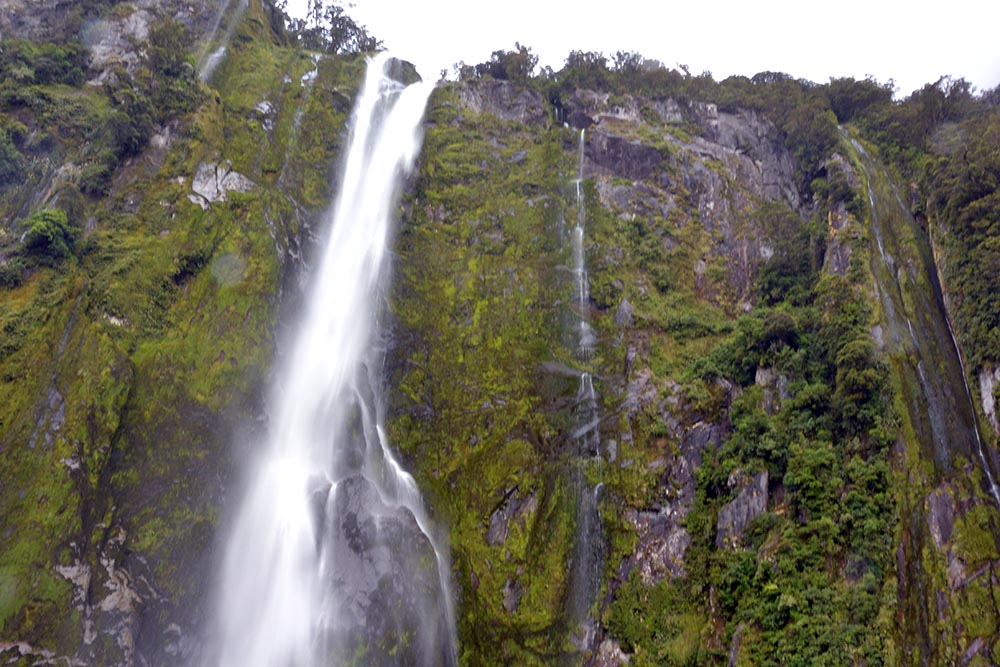 when it rains in Fiordland you get lots of waterfalls (Damon Ramsey)
when it rains in Fiordland you get lots of waterfalls (Damon Ramsey)James Cook on Resolution at Astronomers Point,
Pickersgill Harbour, Dusky Sound, 1773
Cook's crew based themselves at the Pickersgill Harbour at the entrance of Dusky Sound.
They used a fallen Rata tree as a gangplank onto the shore, strengthened with another tree, and with a handrail. There is famous painting that depicts this tree by the on board artist William Hodges. Here at the point, the crew cleared an acre of forest for a small point for an observatory.
The area is now called ‘Astronomy Point’. Here the onboard astronomer William Wales fixed the latitude and longitude of the Astronomer Point. To do this they needed an accurate ‘ Kendell’s Clock’ (Larcum Kendall’s copy of John Harrison’s chronometer H4) and a quadrant. As a consequence of the observations made by William Wales at this point New Zealand became the most accurately located place on the globe at that time. In 1995 the NZ Navy got around to checking and found they were reasonably accurate, an impressive feat in those early days of global positioning.
There is a plaque that can be read from a boat (update in 2015 - it has fallen off! updated update - the plaque is back again!). And there is a small boardwalk through beautiful rainforest. There area looks as much as it would have when James Cook first landed.
wildlife
Although wildlife is fairly spare in Fiordland, some careful exploration in the more remote areas can reward you with special species and sightings. Probably the most unique wildlife experience are the Fiordland Crested Penguins, a species of penguin endemic to southern New Zealand and named for the area they are most seen in. They are also one of the few penguin species that breed in the rainforest...
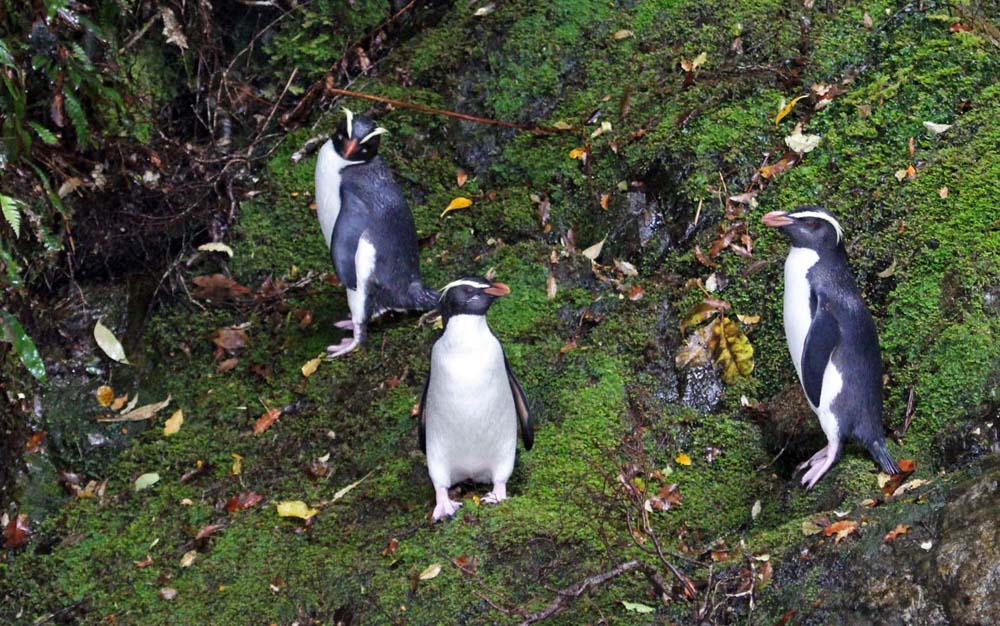 the rare 'Fiordland Crested Penguin' (Damon Ramsey)
the rare 'Fiordland Crested Penguin' (Damon Ramsey)You can also get a glimpse of the underwater world, by visiting the Milford Sound Underwater Observatory.


